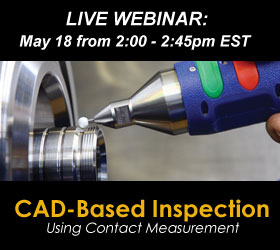The headline’s question seemed a bit far-fetched to me when it was originally posed. The answer provided another delightful illustration of the myriad analogies we find in our everyday lives that relate so effortlessly to our work as quality professionals. The comparison demonstrated the complexity and uniqueness of each organization’s quality management system (QMS).
This analogy is so clever that I wish I could claim authorship. But I am indebted to Bob Pojasek of Capaccio Environmental Engineering for his presentation at BOSCON (ASQ Boston Section’s annual conference).
So, back to Scrabble and your QMS. Consider this: Every Scrabble game has a defined number of tiles. It is also played within the constraints of the game board. In order to complete the game, players need to organize all the tiles into legitimate words, based on an identified standard (e.g., Webster’s New World Dictionary and Thesaurus) and create an interconnected pattern that contains all the tiles. There are other rules. For example: No tile can be orphaned over to one side.
…

Comments
Innovative Thinking!
Denise,
When I read the heading of your post, I wasn't too sure the answer was going to be satisfactory. Nevertheless, you piqued my curiosity. And, boy am I glad I read on. What an absolutely fantastic analogy between Scrabble & a quality management system. I intend to use it to describe the QMS to people I work with.
Please pass on my thanks to Bob Pojasek.
Regards, Shrikant Kalegaonkar (twitter: shrikale)
Add new comment